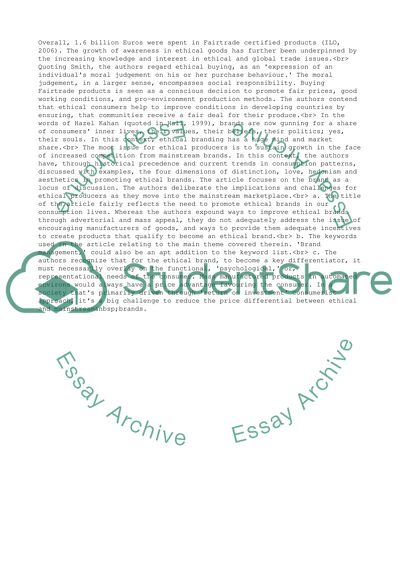Cite this document
(“Ethical Brands and Consumption Book Report/Review”, n.d.)
Ethical Brands and Consumption Book Report/Review. Retrieved from https://studentshare.org/business/1529524-ethical-brands-and-consumption
Ethical Brands and Consumption Book Report/Review. Retrieved from https://studentshare.org/business/1529524-ethical-brands-and-consumption
(Ethical Brands and Consumption Book Report/Review)
Ethical Brands and Consumption Book Report/Review. https://studentshare.org/business/1529524-ethical-brands-and-consumption.
Ethical Brands and Consumption Book Report/Review. https://studentshare.org/business/1529524-ethical-brands-and-consumption.
“Ethical Brands and Consumption Book Report/Review”, n.d. https://studentshare.org/business/1529524-ethical-brands-and-consumption.


